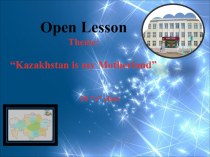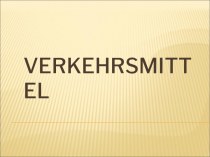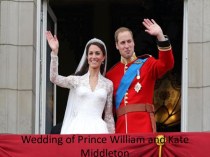- Главная
- Разное
- Бизнес и предпринимательство
- Образование
- Развлечения
- Государство
- Спорт
- Графика
- Культурология
- Еда и кулинария
- Лингвистика
- Религиоведение
- Черчение
- Физкультура
- ИЗО
- Психология
- Социология
- Английский язык
- Астрономия
- Алгебра
- Биология
- География
- Геометрия
- Детские презентации
- Информатика
- История
- Литература
- Маркетинг
- Математика
- Медицина
- Менеджмент
- Музыка
- МХК
- Немецкий язык
- ОБЖ
- Обществознание
- Окружающий мир
- Педагогика
- Русский язык
- Технология
- Физика
- Философия
- Химия
- Шаблоны, картинки для презентаций
- Экология
- Экономика
- Юриспруденция
Что такое findslide.org?
FindSlide.org - это сайт презентаций, докладов, шаблонов в формате PowerPoint.
Обратная связь
Email: Нажмите что бы посмотреть
Презентация на тему Charles V, Holy Roman Emperor
Содержание
- 2. Charles VCharles V (24 February 1500 —
- 3. He was the son of Philip I
- 4. Early life Charles and his sister with
- 5. Charles was born in the Flemish city
- 6. Charles was born in the Flemish city
- 7. Reign Burgundy and the Low Countries
- 8. Spain In the Castilian Cortes of Valladolid
- 9. America During Charles' reign, the territories in
- 10. Holy Roman Empire After the death of
- 11. France Much of Charles's reign was
- 12. Conflicts with the Ottoman Empire Attempts at
- 13. Humanism and Reformation As Holy Roman Emperor,
- 14. Скачать презентацию
- 15. Похожие презентации
Charles VCharles V (24 February 1500 — 21 September 1558) was ruler of the Holy Roman Empire from 1519 and, as Charles I of Spain, of the Spanish realms from 1506 until his abdication in 1556.

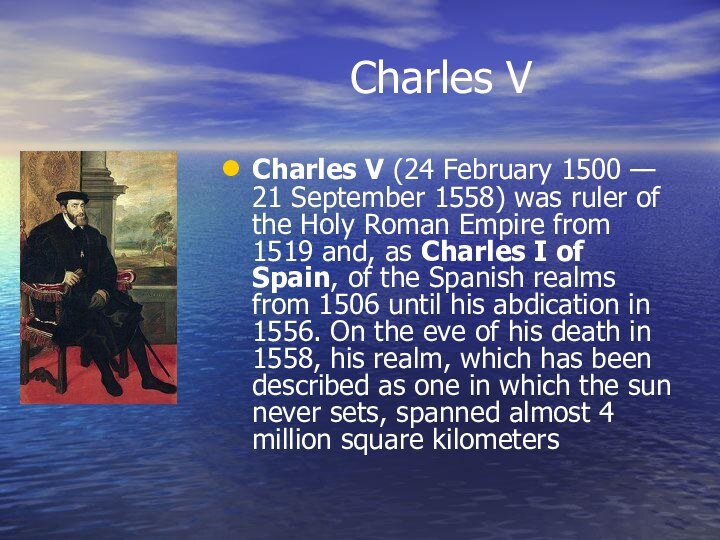
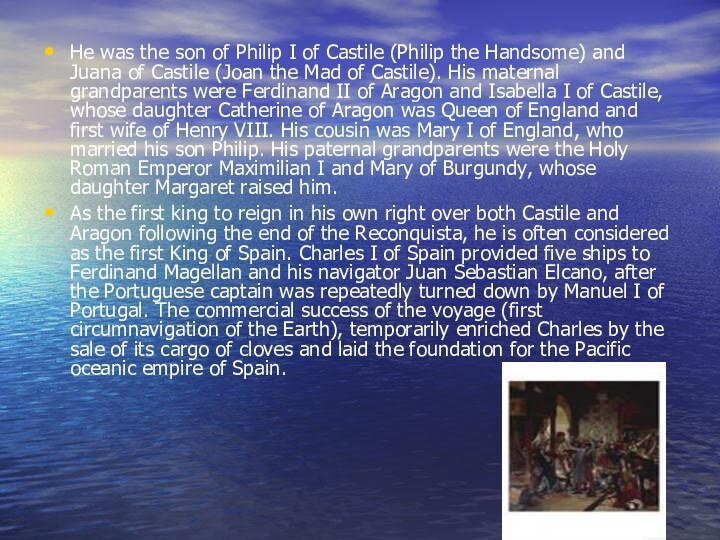

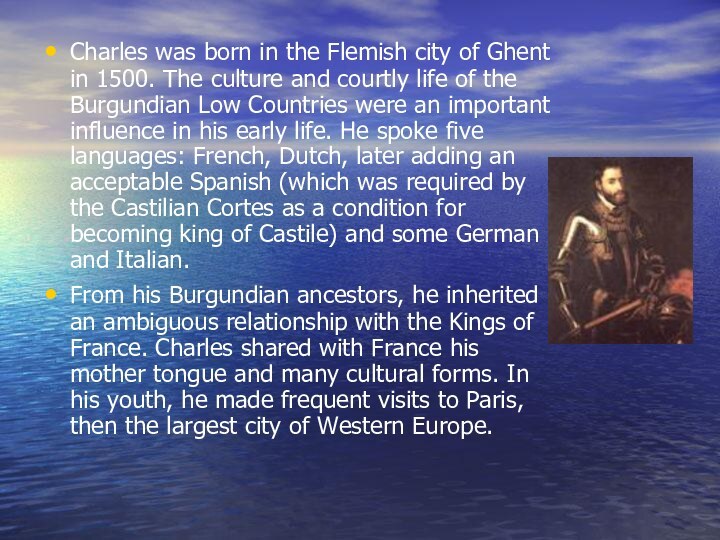



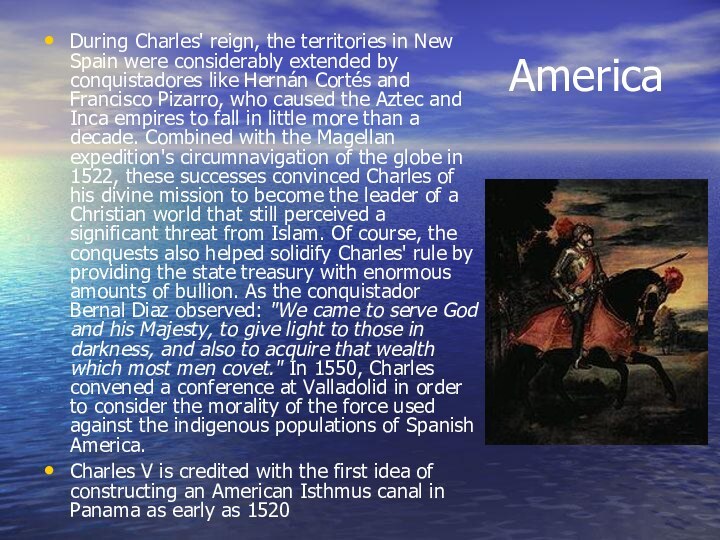





Слайд 3 He was the son of Philip I of
Castile (Philip the Handsome) and Juana of Castile (Joan
the Mad of Castile). His maternal grandparents were Ferdinand II of Aragon and Isabella I of Castile, whose daughter Catherine of Aragon was Queen of England and first wife of Henry VIII. His cousin was Mary I of England, who married his son Philip. His paternal grandparents were the Holy Roman Emperor Maximilian I and Mary of Burgundy, whose daughter Margaret raised him.As the first king to reign in his own right over both Castile and Aragon following the end of the Reconquista, he is often considered as the first King of Spain. Charles I of Spain provided five ships to Ferdinand Magellan and his navigator Juan Sebastian Elcano, after the Portuguese captain was repeatedly turned down by Manuel I of Portugal. The commercial success of the voyage (first circumnavigation of the Earth), temporarily enriched Charles by the sale of its cargo of cloves and laid the foundation for the Pacific oceanic empire of Spain.
Слайд 4
Early life
Charles and his sister with their
Spanish mother, Joanna; though a beauty, she was pronounced
mad after the death of her husband. It was through her that Charles gained the powerful country of Spain and all of its rich possessions.Joanna of castile with her children
Слайд 5 Charles was born in the Flemish city of
Ghent in 1500. The culture and courtly life of
the Burgundian Low Countries were an important influence in his early life. He spoke five languages: French, Dutch, later adding an acceptable Spanish (which was required by the Castilian Cortes as a condition for becoming king of Castile) and some German and Italian.From his Burgundian ancestors, he inherited an ambiguous relationship with the Kings of France. Charles shared with France his mother tongue and many cultural forms. In his youth, he made frequent visits to Paris, then the largest city of Western Europe.
Слайд 6 Charles was born in the Flemish city of
Ghent in 1500. The culture and courtly life of
the Burgundian Low Countries were an important influence in his early life. He spoke five languages: French, Dutch, later adding an acceptable Spanish (which was required by the Castilian Cortes as a condition for becoming king of Castile) and some German and Italian.
Слайд 7
Reign
Burgundy and the Low Countries
In 1506,
Charles inherited his father's Burgundian territories, most notably the
Low Countries and Franche-Comté, most of which were fiefs of the German empire, except his birthplace of Flanders that was still a French fief, a last remnant of what had been a powerful player in the Hundred Years' Wаr. As he was a minor, his aunt Margaret acted as regent until 1515 and soon she found herself at war with France over the question of Charles' requirement to pay homage to the French king for Flanders, as his father had done. The outcome was that France relinquished its ancient claim on Flanders in 1528.From 1515 to 1523, Charles' government in the Netherlands also had to contend with the rebellion of Frisian peasants (led by Pier Gerlofs Donia and Wijard Jelckama). The rebels were initially successful but after series of defeats, the remaining leaders were captured and decapitated in 1523.
Charles extended the Burgundian territory with the annexation of Tournai, Artois, Utrecht, Groningen and Guelders. The Seventeen Provinces had been unified by Charles' Burgundian ancestors, but nominally were fiefs of either France or the Holy Roman Empire. In 1549, Charles issued a Pragmatic Sanction, declaring the Low Countries to be a unified entity of which his family would be the heirs.
The Low Countries held an important place in the Empire. For Charles V personally, they were the region where he spent his childhood. Because of trade and industry and the rich cities, they were also important for the treasury.
Слайд 8
Spain
In the Castilian Cortes of Valladolid of
1506, and of Madrid of 1510 he was sworn
as prince of Asturias, heir of his mother the queen Joanna. On the other hand, in 1502, the Aragonese Cortes gathered in Saragossa, pledged an oath to his mother Joanna as heiress, but the Archbishop of Saragossa expressed firmly that this oath could not establish jurisprudence, that is to say, without modifying the right of the succession, but by virtue of a formal agreement between the Cortes and the King. So, with the death of his grandfather, the king of Aragon Ferdinand II on 23 January 1516, his mother Joanna inherited the Crown of Aragon, which consisted of Aragon, Catalonia, Valencia, Naples, Sicily and Sardinia; while Charles became Governor General. Nevertheless, the Flemings wished that Charles assume the royal title, and this was supported by his grandfather the emperor Maximilian I and the Pope Leo X, this way, after the celebration of Ferdinand II's obsequies on 14 March 1516, he was proclaimed as king of Castile and of Aragon jointly with his mother. Finally, when the Castilian regent Cardinal Jiménez de Cisneros accepted the fait accompli, he acceded to Charles's desire to be proclaimed king and he imposed his statement along the kingdom. Thus, the cities were recognizing Charles as king jointly with his mother
Слайд 9
America
During Charles' reign, the territories in New
Spain were considerably extended by conquistadores like Hernán Cortés
and Francisco Pizarro, who caused the Aztec and Inca empires to fall in little more than a decade. Combined with the Magellan expedition's circumnavigation of the globe in 1522, these successes convinced Charles of his divine mission to become the leader of a Christian world that still perceived a significant threat from Islam. Of course, the conquests also helped solidify Charles' rule by providing the state treasury with enormous amounts of bullion. As the conquistador Bernal Diaz observed: "We came to serve God and his Majesty, to give light to those in darkness, and also to acquire that wealth which most men covet." In 1550, Charles convened a conference at Valladolid in order to consider the morality of the force used against the indigenous populations of Spanish America.Charles V is credited with the first idea of constructing an American Isthmus canal in Panama as early as 1520
Слайд 10
Holy Roman Empire
After the death of his
paternal grandfather, Maximilian, in 1519, he inherited the Habsburg
lands in Austria. He was also the natural candidate of the electors to succeed his grandfather. With the help of the wealthy Fugger family, Charles defeated the candidacy of Francis I of France and was elected on 28 June 1519. In 1530, he was crowned Holy Roman Emperor by Pope Clement VII in Bologna, the last Emperor to receive a papal coronation.Charles was Holy Roman Emperor over the German states, but his real power was limited by the princes. Protestantism gained a strong foothold in Germany, and Charles was determined not to let this happen in the Netherlands. An inquisition was established as early as 1522. In 1550, the death penalty was introduced for all heresy. Political dissent was also firmly controlled, most notably in his place of birth, where Charles, assisted by the Duke of Alva, personally suppressed the Revolt of Ghent in mid-February 1540.
Charles abdicated as Emperor in 1556 in favor of his brother Ferdinand; however, due to lengthy debate and bureacratic procedure, the Imperial Diet did not accept the abdication (and thus make it legally valid) until May 3, 1558. Up to that date, Charles continued to use the title of Emperor.
Слайд 11
France
Much of Charles's reign was taken
up by conflicts with France, which found itself encircled
by Charles's empire and still maintained ambitions in Italy. The first war with Charles's great nemesis Francis I of France began in 1521. Charles allied with England and Pope Leo X against the French and the Venetians, and was highly successful, driving the French out of Milan and defeating and capturing Francis at the Battle of Pavia in 1525. To gain his freedom, the French king was forced to cede Burgundy to Charles in Treaty of Madrid (1526).When he was released, however, Francis had the Parliament of Paris denounce the treaty because it had been signed under duress. France then joined the League of Cognac that the Pope had formed with Henry VIII of England, the Venetians, the Florentines, and the Milanese to resist imperial domination of Italy. In the ensuing war, Charles's sack of Rome (1527) and virtual imprisonment of Pope Clement VII in 1527 prevented him from annulling the marriage of Henry VIII of England and Charles's aunt Catherine of Aragon, with important consequences. In other respects, the war was inconclusive. In the Treaty of Cambrai (1529), called the "Ladies' Peace" because it was negotiated between Charles's aunt and Francis's mother, Francis renounced his claims in Italy but retained control of Burgundy.
A third war erupted in 1535, when, following the death of the last Sforza Duke of Milan, Charles installed his own son, Philip, in the duchy, despite Francis's claims on it. This war too was inconclusive. Francis failed to conquer Milan, but succeeded in conquering most of the lands of Charles's ally the Duke of Savoy, including his capital, Turin. A truce at Nice in 1538 on the basis of uti possidetis ended the war, but lasted only a short time. War resumed in 1542, with Francis now allied with Ottoman Sultan Suleiman I and Charles once again allied with Henry VIII. Despite the conquest of Nice by a Franco-Ottoman fleet, the French remained unable to advance into Milan, while a joint Anglo-Imperial invasion of northern France, led by Charles himself, won some successes but was ultimately abandoned, leading to another peace and restoration of the status quo ante in 1544.
Слайд 12
Conflicts with the Ottoman Empire
Attempts at forming
a Habsburg-Persian alliance against the Ottoman Empire were first
initiated by Charles V and Shah Ismail in 1516-19.Charles fought continually with the Ottoman Empire and its sultan, Suleiman the Magnificent. The expeditions of the Ottoman force along the Mediterranean coast posed a threat to Habsburg lands and Christian monopolies on trade in the Mediterranean. In Central Europe, the Turkish advance was halted at Vienna in 1529.
Charles V made overtures to the Safavid Persian Empire to open a second front against the Ottomans, in an attempt at creating a Habsburg-Persian alliance. Contacts were positive, but rendered difficult by enormous distances. In effect however, the Safavids entered in conflict with the Ottoman Empire in the Ottoman-Safavid War (1532–1555), forcing it to split its military resources.
In 1535 Charles won an important victory at Tunis, but in 1536 Francis I of France allied himself with Suleiman against Charles. While Francis was persuaded to sign a peace treaty in 1538, he again allied himself with the Ottomans in 1542 in a Franco-Ottoman alliance. In 1543 Charles allied himself with Henry VIII and forced Francis to sign the Truce of Crepy-en-Laonnois. Charles later signed a humiliating treaty with the Ottomans to gain him some respite from the huge expenses of their war, although it did not end there. However, the Protestant powers in the Holy Roman Empire Diet often voted against money for his Turkish wars, as many Protestants saw the Muslim advance as a counterweight to the Catholic powers. The great Hungarian defeat at the 1526 Battle of Mohács "sent a wave of terror over Europe."
Слайд 13
Humanism and Reformation
As Holy Roman Emperor, he
called Martin Luther to the Diet of Worms in
1521, promising him safe conduct if he would appear. He initially dismissed Luther's idea of reformation as "An argument between monks". He later outlawed Luther and his followers in that same year but was tied up with other concerns and unable to take action against Protestantism.1524 to 1526 saw the Peasants' Revolt in Germany and in 1531 the formation of the Lutheran Schmalkaldic League. Charles delegated increasing responsibility for Germany to his brother Ferdinand while he concentrated on problems elsewhere.
In 1545, the opening of the Council of Trent began the Counter-Reformation, and Charles won to the Catholic cause some of the princes of the Holy Roman Empire. In 1546, he outlawed the Schmalkaldic League (which had occupied the territory of another prince). He drove the League's troops out of southern Germany and at the Battle of Mühlberg defeated John Frederick, Elector of Saxony and imprisoned Philip of Hesse in 1547. At the Augsburg Interim in 1548 he created an interim solution giving certain allowances to Protestants until the Council of Trent would restore unity. However, Protestants mostly resented the Interim and some actively opposed it. Protestant princes, in alliance with Henry II of France, rebelled against Charles in 1552, which caused Charles to retreat to the Netherlands.











